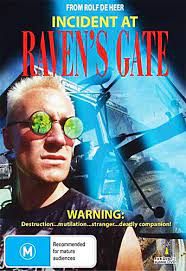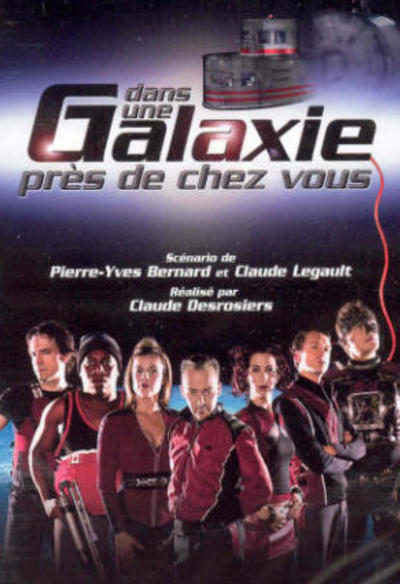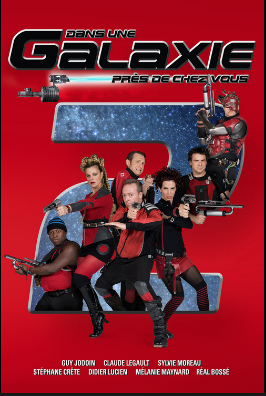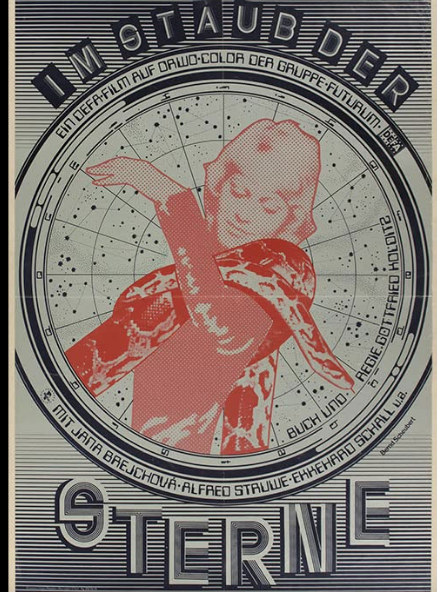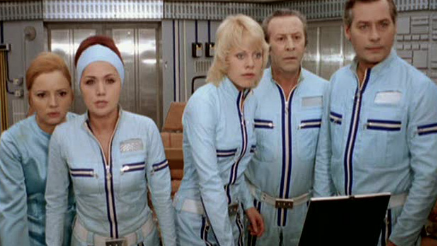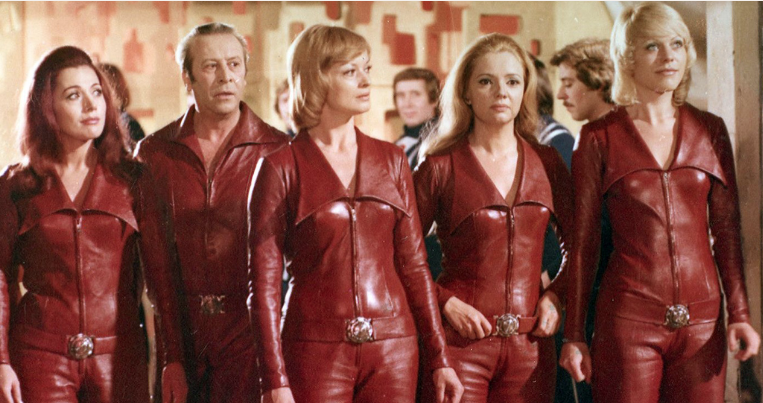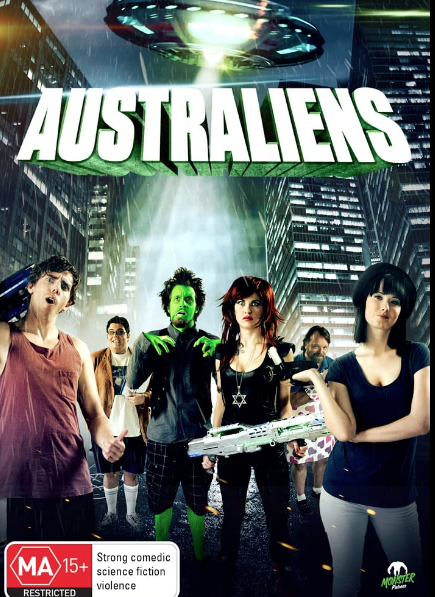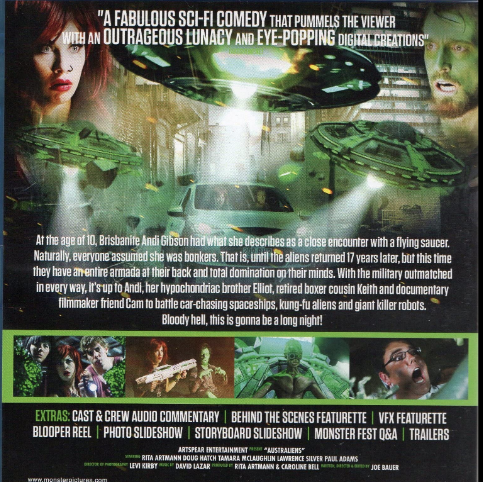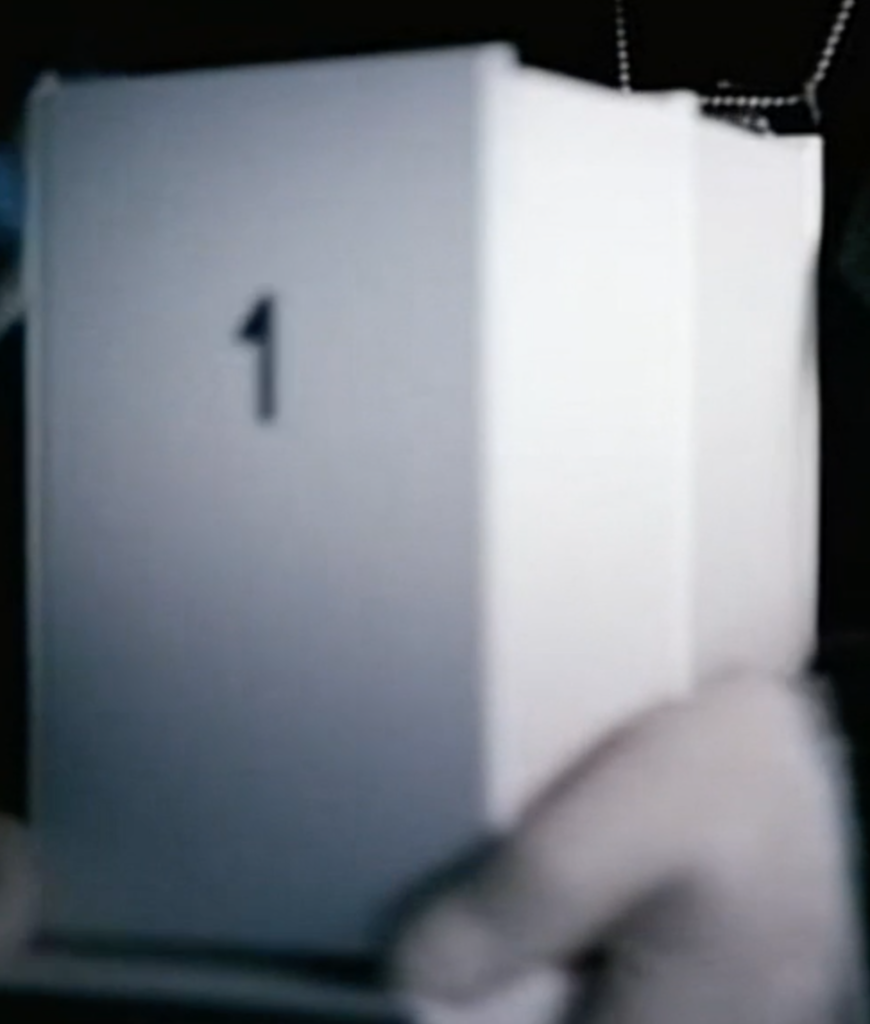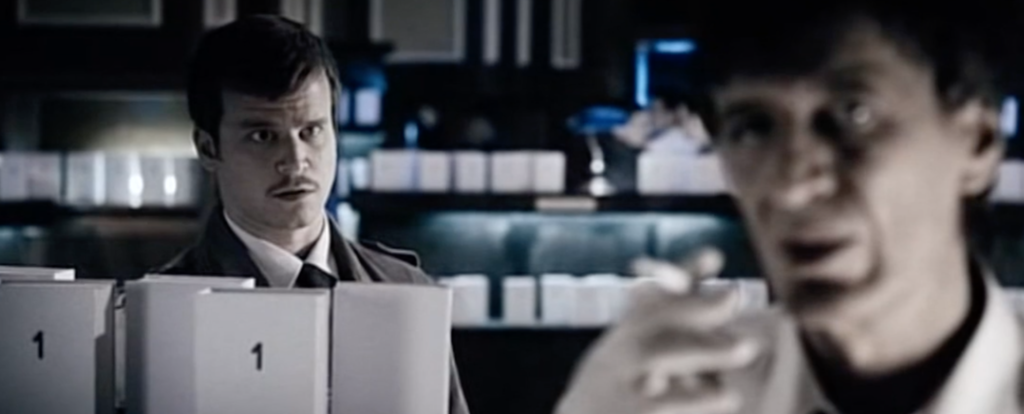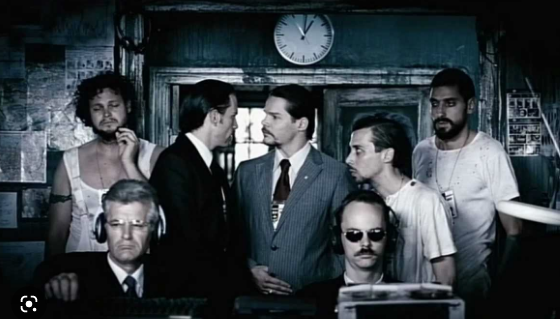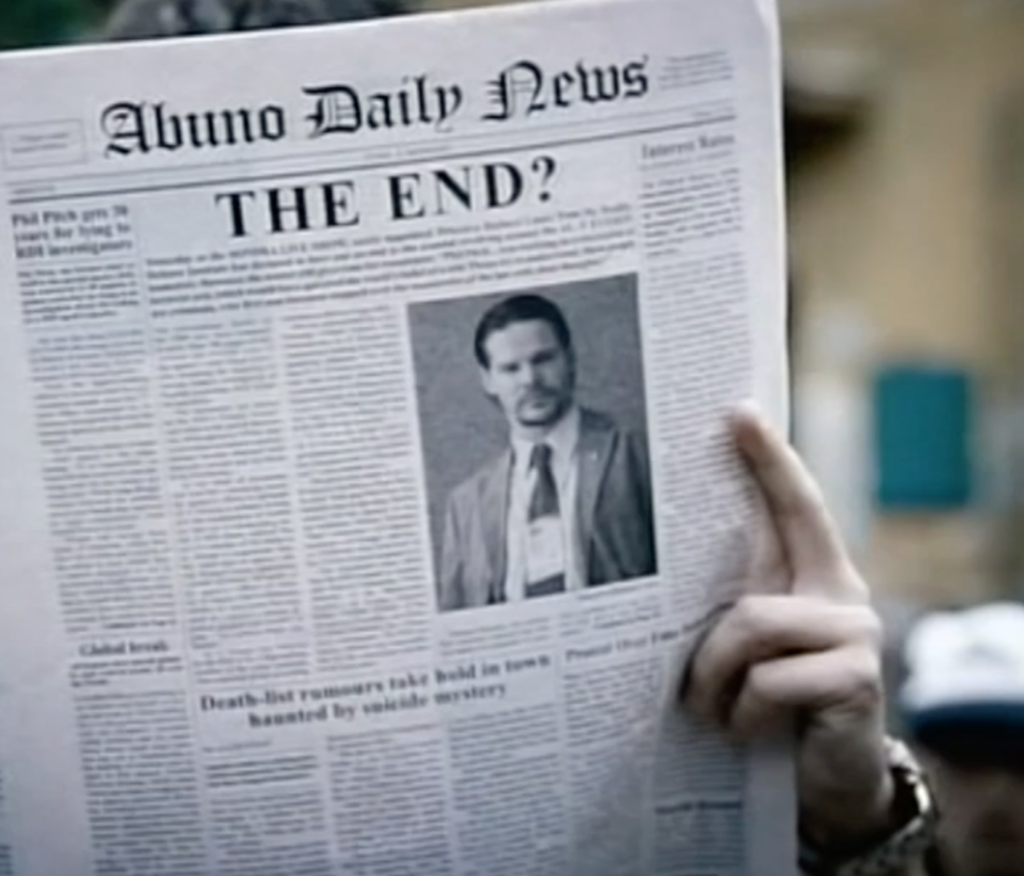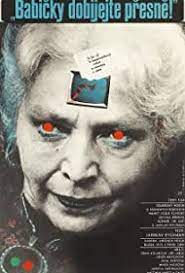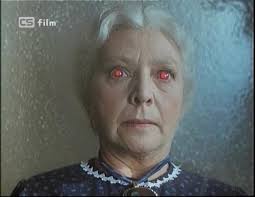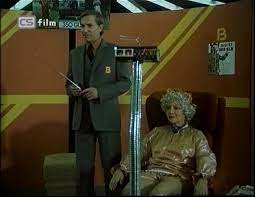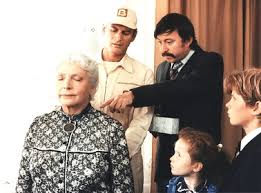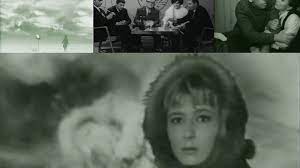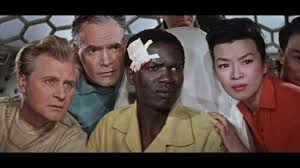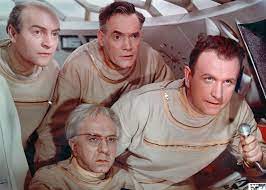Der schweigende Stern (1959) (The Silent Star)
IMDb meta-data is runtime of 1 hour and 19 minutes, rated 4.6 by 3000 cinemaistas.
Genre: Sy Fy.
Verdict: Mixed.
Tagline: Geriatrics in space.
It is a Soviet-Polish-East German co-production, known to American audiences as the First Spaceship on Venus. This latter knowledge is because Roger Corman bought the Western rights (cheap) and re-cut it into a Cormanite film with that title. I saw that a while ago and when I noticed this, seemingly original version on Kanopy I had a look. Yep it is the original with the actors speaking German and Russian.
Liked the start with the long fall out Tunguska Event of June 1908. Unusual premise intrigues.
It has the standard tropes of the genre in that day: a square-jawed leader, a meteor storm, an Extra-Vehicular Activity episode, equipment failure, one woman in the crew. Moreover it fits into a sub-genre that had been well mapped by then: the aliens destroyed themselves with nukes, see Rocket Ship XM (1950), This Island Earth (1955), Forbidden Planet (1956), and many others. But it lacks other tropes like giant spiders, hairy monsters, or any other creature in the feature. Moreover, these scientists seem interested in doing science, while in U.S. science fiction the astronauts, more often than not, found the whole thing boring and couldn’t wait to go home.
No one smokes. Again in contrast to Anglo movies right to UFO.
There are several other important differences. In many American films featuring space flight in the 1950s there often was one woman in the crew. (Mike Pence always worried about that. See if you can figure out why) That, however, did not reflect any recognition of merit. She was there almost invariably for the men to fight over, while they express repeatedly amazement that a woman could be a woman and a scientist at the same time, as though two beings occupied the same body. Admittedly, Italian science fiction movies set the international standard for this stupefaction. In this movie she just gets on with her job and the men leave her alone. Fact or fiction? Don’t these Reds have enough red corpuscles?
Moreover, in the Yankee spaceships there were only Yankees. In this Soviet movie and several others I have seen, the crew, as the viewer is repeatedly reminded, is visibly international. Here we have a black African who navigates and hits Venus in the first try. An Indian mathematician who calculates his screen time. A Japanese who refers to Hiroshima four times, ahem, without naming the bastards who did it. A Chinese who is a farmer at heart. A German engineer who puts everything back together. And that square-jawed Russki who leads the pack in a most democratic way while extolling his love of peace. There is also a useless robotic contraption. This crew is so international it includes a Yankee! By contrast, if a Yankee science fiction film crew included a foreigner, you could be sure this foreigner was trouble, either by being a weak link or by being a commie in disguise.
Moreover, while Yankee crews were invariably all white bread, this crew includes a black African who gets plenty of screen time. Then there is the brown Indian and the yellow Chinese. Ecumenical or what? But wait, there’s more.
The crew is also senior, and I mean senior. Hunched backs, shuffling steps, eye glasses, bald heads, and grey hair abound from geriatrics. They were recruited from superfluous retirees is my guess. Since most must be on the old age pension, they came cheap and expendable.
Harmony and goodwill rule among the crew, because at their age they have no energy to argue or to fight over that one woman. There is no tension on board, however, mercifully, they do not sing rousing songs, as I have heard in other Red science fiction. There is so much sweetness and light that it is enervating.
The pace accelerates once they get to Venus. The sets of the inky landscape are spectacular. No doubt that is why Corman bought the rights. The glass forrest, the memory alpha, the ruined city, and the tar pit are all exceptional, even extraordinary. One reviewer said the Venus scenes were ‘awesome’ and that seems right, though the action is melodramatic, and hard to follow. It also violates one of the themes of the writer, the ubiquitous Pole Stanislav Lem. No spoiler on this one.
Red science fiction movies of the Cold War concentrate on how hard, dangerous, complicated, and important spaceflight is. They tell the audience what it ought to know. By contrast, Yankees like Corman concentrate on thrills and spills for the Drive-In market, giving that segment of the market what it wanted (he hoped) for box office receipts.
Why Venus is referred to in the title as a star is an open question. That is one thing Corman got right in his re-edit. Not something he made a habit of doing.





